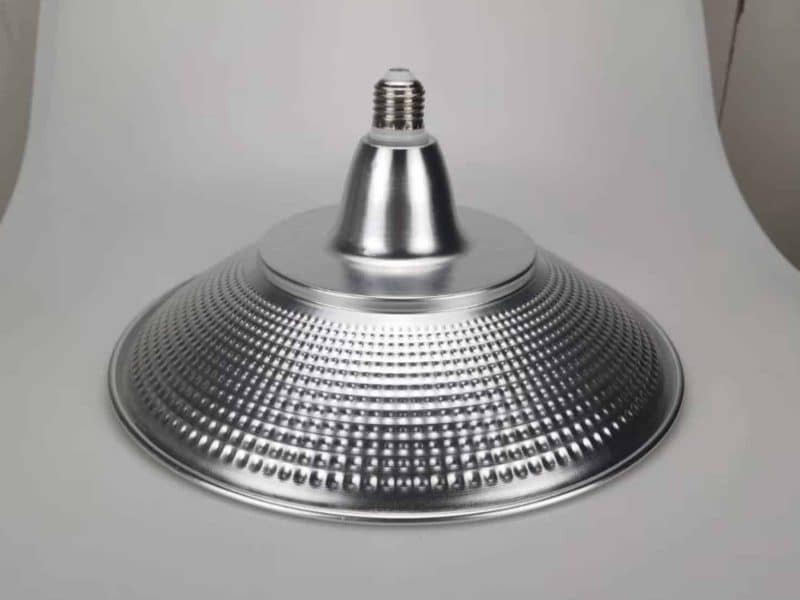
What is Surface finish?
Surface finish is a central pillar of manufacturing and engineering, profoundly affecting both aesthetics and functionality. Surface finish can optimize a product’s performance, durability and the user experience and quality.
This article will introduce the art and science of surface finish standards and surface finish symbols. This is a subject where aesthetics and functionality converge, so we will explore the significance of surface finishes from all perspectives.
From mirror polish to intricate textures, we will explore how this crucial aspect of manufacture impacts industries and everyday products alike.
The primary features of surface finish
Core properties of surface finish
Surface finish is defined by a range of surface properties, the nature of which may vary with the method by which the surface is generated;
Roughness
Roughness is the term used to describe the small or microscopic features that make a surface feel granular and abrasive. These features can be so small that the surface has a specular (mirror like) appearance, or they can be larger and random like sand, they can be larger and more orderly and they can be elongated in a machining direction.
surface finish roughness
Waviness is a commonly used term to denote the larger or macroscopic variations in a surface that can be thought of as flatness. The waviness of a surface will generally be on a larger scale than the roughness.
Surface finish, or surface roughness, is a measure of the texture of a surface.
The term defines the vertical deviations of a measured surface from its ideal form. If these deviations are substantial, the surface is rough; if they are minor the surface is smooth.
For many engineering applications, the finish on a surface can have a big effect on the performance and durability of parts. Rough surfaces generally wear more rapidly and have greater friction coefficients than smooth surfaces. Typically, roughness is a dependable predictor of mechanical part performance, as irregularities tend to form nucleation sites for breaks or corrosion. Conversely, roughness may encourage desired adhesion.
Why Do we Need Surface finish?
Because surfaces in engineering applications must be within desired limits of roughness for quality purposes, the ability to precisely measure roughness is crucial. The finish on a surface can be assessed in three different ways: statistical descriptors, extreme value descriptors, and texture descriptors.
Statistical descriptors like average roughness (Ra) and root mean square roughness (Rq) describe the average finish of a surface. Extreme value descriptors like maximum peak height (Rp) and the maximum valley height (Rv) are associated with more specific factors. Texture descriptors like corrosion length are ways to describe variations on a surface by using multiple events.
The Advanced Materials Show –
Compilation of the top interviews, articles, and news in the last year.
Download a free copy
Of these descriptors, Ra is one of the most common and effective measures of surface roughness in general engineering applications. Ra is a solid description of the height distinctions in the surface. It is determined by totaling all the absolute values of all the areas above and below a mean line, divided by the length of a sample.
Measuring Surface Roughness
There are a number of different measurement techniques that can be used to measure surface roughness. Different classes of measurement techniques include direct measurement methods, comparison methods, non-contact methods, and in-process methods.
Direct methods evaluate surface finish through the use of a stylus, which is drawn along the surface while perpendicular to the surface. The registered profile created by this process is then used to determine roughness parameters. This technique calls for disruption of the machining process. A sharp stylus may also make micro-scratches on tested surfaces.
Comparison techniques use samples of surface roughness generated by the same equipment, process and material as the surface to be examined. Visual and tactile senses are used to contrast a sample with a surface of known surface roughness. Due to the subjective nature of the process, this technique is useful for non-critical applications.
Non-contact methods use sound or light in place of the stylus. Optical instruments come in several types, like confocal and white light interference, and differ based on the principle behind them. Some non-contact equipment is made from contact-type detectors that have been repurposed by switching out the physical probe with optical sensors and microscopes. Some non-contact techniques can also be on-process techniques.
To determine surface finish with sound, an ultrasonic pulse is first sent to the surface, where the ultrasonic sound waves are altered and reflected back at the testing device. The reflected waves are then assessed to determine surface roughness parameters.
Inductance is another on-process technique used to evaluate surface roughness on magnetic materials. In this approach, an inductance pickup gauges the distances to the test surface using electromagnetic energy. This test provides a parametric value that can then be used to determine comparative roughness.
Controlling Surface Finish
Often, the failure of an engineered part originates at the surface as a result of either an isolated manufacturing-related issue or gradual breakdown in surface quality. Therefore, finishing operations have been widely adopted as the ideal methodology for generating a desired surface finish on various machined and fabricated parts.
Precise roughness is challenging and costly to control in manufacturing. Lowering the roughness of a surface will usually raise its manufacturing costs significantly. This results in a trade-off between the manufacturing cost of a part and its performance.

